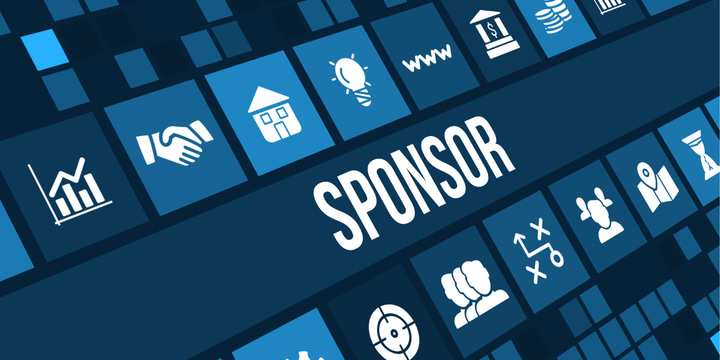About Sponsorships in Esports

We at ProSettings.net take great pride in the accuracy of our pro gear and settings data, and in the interest of providing our readers with as much context and information as possible we also have to talk about sponsorships in esports. In this article, we’ll briefly go over what we know about the subject so that you can get an accurate and informed view on our data.
Are Players Forced to Use Certain Equipment?
The gaming market is absolutely huge, and as a consequence it’s no surprise that brands are trying to get into that by putting their gear in the hands of professional players. Obviously, this is something that happens all the time. Brands send out their newest releases to influential players in the hopes that they start using it to compete with, and certain teams or players also have gear sponsorships.
So sponsorships are real, but it’s not as if brands just send pieces of gear to certain players or teams and force them to use them. This used to be the case in the past, but having a quick look at our CS:GO player list and gear list tells a slightly different story. Looking at Heroic’s team, for example, we see that only one player is using an Xtrfy mouse at the time of writing this article, even though the team is sponsored by Xtrfy. FaZe is sponsored by SteelSeries, and not a single FaZe player is using a SteelSeries mouse.
There are a lot of examples like that, so it’s clear that (most) sponsors leave room for the players to use whatever they want to use to compete with, and that makes sense.
The Importance of Letting the Players Decide
The reason pro teams are popular and worth sponsoring is (in large part) due to their performances, landing them on the stages of the world’s most watched esports tournaments. Force those players to use gear that they’re not completely comfortable with and their performance might suffer. Lower performing players lead to lower performing teams, which leads to the teams dropping out of (the end stages of) important tournaments, leading to less eyes on that team. For brands that sponsor a team, this is a good argument for letting the players use their peripherals of choice.
The same goes for brands that sponsor individuals: if you’re forcing a certain player to use a mouse that they’re not comfortable with (and thus perform worse with) their performance might suffer, leading them to be dropped from the team, or leading to reduced viewer counts when streaming.
As such, it’s in a brand’s best interest to let a player decide for themselves when it comes to gear.
Types of Gear and Their Importance
We don’t have exact numbers but we find that there are differences between ‘sponsor influences’ when it comes to the different types of gear. That makes sense, since a mouse is way more important for player performance than something like a keyboard.
In general, we find that mice and monitors are pretty much sponsorship-free: there are a ton of teams who have official gear sponsors while the majority of members are using a mouse/monitor from a different brand. That’s probably because these pieces of gear can greatly influence the performance of a player, but also because they’re quite often simply not visible.
Monitors are hard to distinguish for people who don’t know exactly what they’re looking for (and tournaments provide their own monitors) and mice are quite often covered by the hands of a player, so combine that with the fact that they’re so important for performance and it’s only logical that brands let players choose whatever they want to compete with.
It’s a (slightly) different story with other peripherals. Mousepads are still relatively sponsorship-free (we often see players using an obvious pad from a certain brand with a sticker taped over the manufacturer in case it’s from a different brand than the sponsor) but we do see a little more brand influence there, though there are obviously differences between brands and teams in regards to this.
Keyboards and headsets, due to the fact that they have comparatively less influence on the performance of a player, are the most ‘influenced’ gear section. Here, we often see all team members using a board or headset from a sponsor brand, but even here you quite often see teams/players who go against that these days.
Conclusion – Sponsorships in Esports
Esports is no different from real sports. The most successful personalities and teams in the scene have massive followings, and brands will always try to capitalize on that. That’s not meant as a dig or anything: it’s just the way things work, and not just in esports. Look at football teams: Manchester City, for example, is currently sponsored by Puma, yet the majority of their players are using Adidas and Nike boots.
Brands will use players to appear in promotional materials for a (new) piece of gear, they’ll place banner ads on streaming feeds, … It can be hard to tell what gear a player is actually using versus what they’re promoting due to sponsorship obligations, but we always try to list what a player is actually using to compete with.
Brands used to be very strict about forcing their gear on players, but luckily those days are over. Players now usually get to choose what they want to compete with, and that’s just the way we like it. We want esports pros to perform at their best, and it’s a good thing that sponsors have learned to embrace that too.


